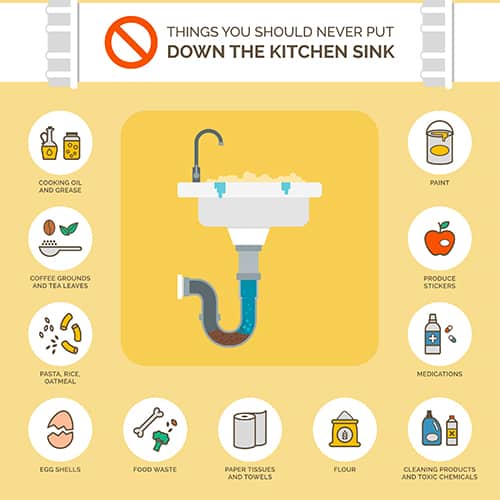
Introduction:
A clogged drain can be a common household woe, but with the right technique, you can tackle the issue effectively using a plunger. In this guide, we’ll explore DIY tips on using a plunger effectively to unclog drains and keep your plumbing in top shape.
Choosing the Right Plunger:
Not all plungers are created equal. To use a plunger effectively, it’s essential to choose the right type. A cup plunger is ideal for sinks and flat surfaces, while a flange plunger is designed for toilets with its extended rubber flange. Make sure to have the appropriate plunger for the task at hand.
Creating a Good Seal:
For a plunger to work effectively, a tight seal is crucial. Place the plunger over the drain or toilet outlet, ensuring that it covers the entire opening. The plunger cup should be submerged in water for sinks and tubs or covering the drain hole in toilets. A good seal is key to generating the necessary pressure for effective plunging.
Sink and Tub Plunging Technique:
When dealing with a clogged sink or tub, fill the basin with enough water to cover the plunger cup. Submerge the plunger, position it over the drain, and pump it up and down vigorously. The pressure created by the plunging motion helps dislodge the clog. Repeat the process several times until the water drains freely.
Toilet Plunging Technique:
To unclog a toilet, ensure there is enough water in the bowl to submerge the plunger cup. Place the plunger over the outlet, creating a tight seal. Gently push down, then pull up with force, maintaining the seal. Repeat the plunging motion several times, and flush the toilet to check if the clog has cleared.
Using Petroleum Jelly for a Better Seal:
For stubborn drains or uneven surfaces, applying a thin layer of petroleum jelly to the rim of the plunger cup enhances the seal. This extra measure helps create a better vacuum, increasing the effectiveness of the plunging process.
Hot Water and Dish Soap Method:
Before plunging, try pouring hot water mixed with dish soap down the drain. The heat can help break down grease and soap scum, making it easier for the plunger to do its job. This method can be particularly effective for kitchen sinks.
Plunger and Snake Combo:
For more challenging clogs, combining a plunger with a plumbing snake can be highly effective. After plunging to loosen the clog, use a snake to break up and remove any remaining debris. This dual approach ensures a thorough clearing of the drain.
Preventive Maintenance with Regular Plunging:
Using a plunger regularly, even when there is no apparent clog, can be a preventive measure to keep drains clear. Monthly plunging helps dislodge small accumulations of hair, soap, or debris, preventing the development of more significant clogs over time.
When to Seek Professional Help:
While plungers are effective for many clogs, there are situations where professional assistance is necessary. If repeated plunging doesn’t resolve the issue, or if there are signs of a more significant plumbing problem, it’s wise to consult a professional plumber to assess and address the situation.
Conclusion – DIY Plunging Mastery:
Mastering the art of using a plunger effectively is a valuable skill for any homeowner. With the right technique and regular maintenance, you can tackle common drain clogs on your own. Remember, when faced with a persistent issue, don’t hesitate to seek professional help to ensure the long-term health of your plumbing.
For in-depth guidance on using a plunger effectively and maintaining a clog-free home, visit Use a Plunger Effectively DIY.










